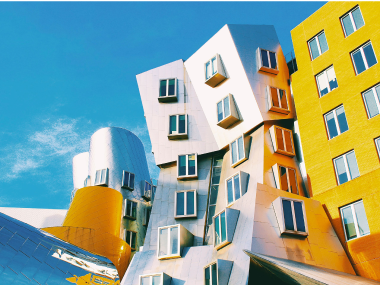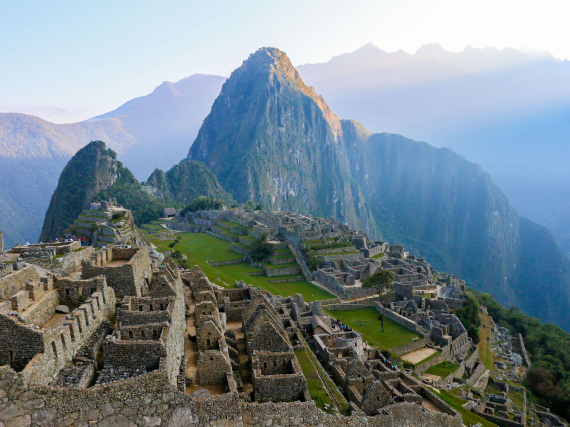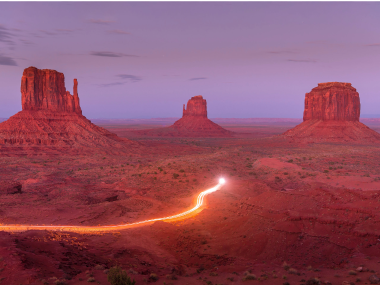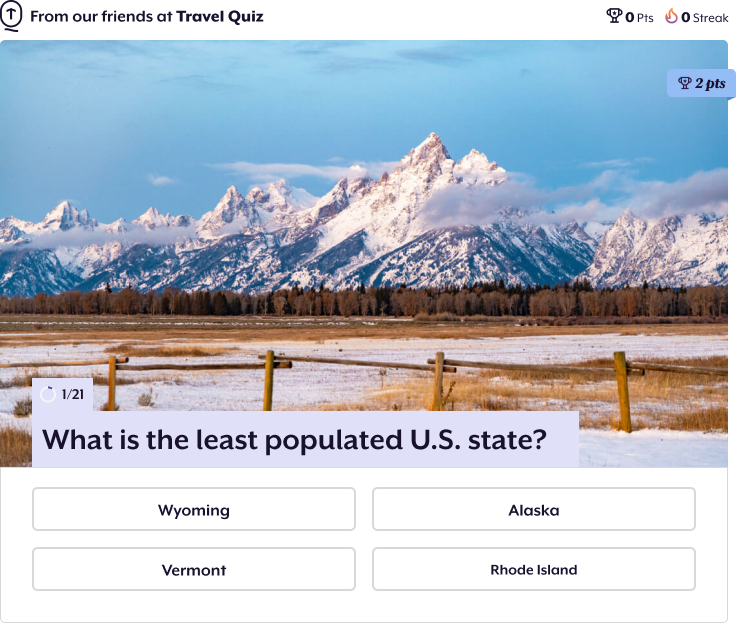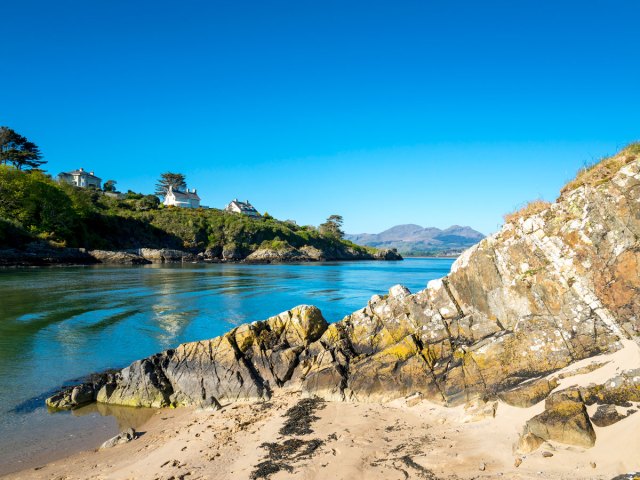According to the latest data from the U.S. Census Bureau, 80% of Americans live in urban areas. This trend of urbanization saw a dramatic rise at the turn of the 20th century, and by 1920, more people resided in cities than in rural regions for the first time in U.S. history. From historical industrial centers to ever-growing Sun Belt cities, today’s urban centers help drive the nation’s economy and shape the lives of millions of Americans. Read on to discover the fascinating histories of the 10 largest cities in the U.S. as of 2025. (For this list, we looked at population by city proper, but if you’re curious about America’s 10 largest metro areas, we ranked those too.)
10. Jacksonville, Florida
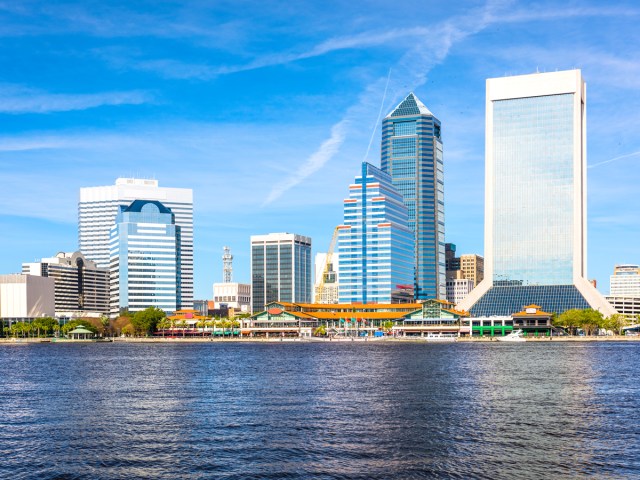
Estimated 2025 population: 986,000
Florida’s largest city was inhabited by the Timucua peoples long before the arrival of Europeans in the 1500s. The settlement’s strategic location on the St. Johns River attracted interest from French, Spanish, and British colonizers, and Jacksonville thrived as a trade hub for cotton, timber, and produce. The city was officially incorporated in 1822.
After the Great Fire of 1901 ravaged much of Jacksonville, redevelopment efforts led to the modern city we know today. A paved road to the Atlantic coastline opened in 1910, and Jacksonville became home to one of the country’s biggest naval air stations during World War II. Today, the city is home to 22 miles of beaches and 80,000 acres of parks, including one of America’s largest urban parks.
9. Dallas, Texas
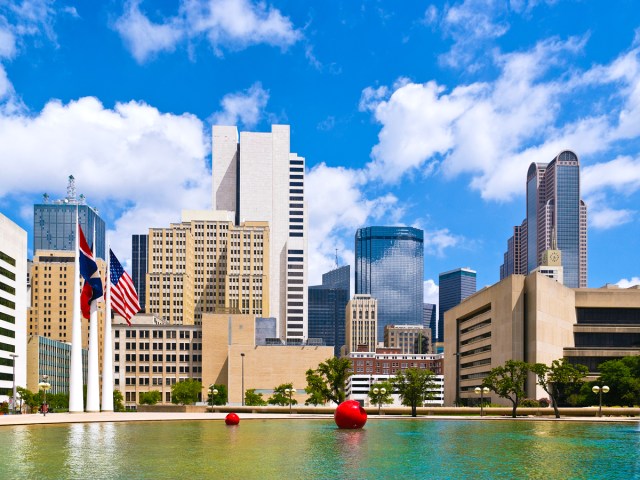
Estimated population: 1.30 million
Dallas is the largest city in the Dallas-Fort Worth-Arlington metroplex. This major financial and business hub was established as a trading post on the Trinity River in 1841. In the late 1800s, with the help of the railroad, it grew into an important agriculture and commerce center.
Major oil companies set up their headquarters here beginning around 1930, and nowadays, finance and technology drive the city’s economy. In addition, Dallas is home to pro sports franchises such as the Dallas Cowboys (NFL) and Texas Rangers (MLB). The Dallas Arts District is the largest contiguous urban arts district in the United States, covering 118 acres.
8. San Diego, California

Estimated population: 1.39 million
San Diego, California’s second-largest city, was once the home of the Kumeyaay peoples. The city was officially founded in 1769 with the building of missions across California; San Diego was the first Spanish settlement in the state. Despite gradual development, the population only reached 731 by 1860.
It wasn’t until the 20th century that San Diego’s population started to boom, with resident numbers surging from 18,000 in 1900 to 696,000 by 1970. San Diego’s history is preserved at a collection of 17 museums and heritage sites around Old Town, which is known as the “Birthplace of California.” With an average of 266 days of annual sunshine and scenic stretches of sand in Ocean Beach, Mission Beach, and La Jolla, the San Diego area is a beachgoer’s paradise.
7. San Antonio, Texas

Estimated population: 1.50 million
Established in 1718 with the founding of Mission San Antonio de Padua and San Antonio de Béxar Presidio, San Antonio became a strategic settlement in Spanish Texas. It was the seat of government for the Department of Texas in the 1830s, and played a pivotal role during the Battle of the Alamo and other events in the Texas Revolution.
Following the American Civil War, San Antonio flourished as a cattle, mercantile, and military hub. During the second half of the 19th century, it became Texas’ largest city, with its population reaching 53,321 by 1900. Now home to 1.5 million people, San Antonio is a place that blends fascinating history with attractions such as the San Antonio River Walk and Six Flags Fiesta Texas amusement park.
6. Philadelphia, Pennsylvania
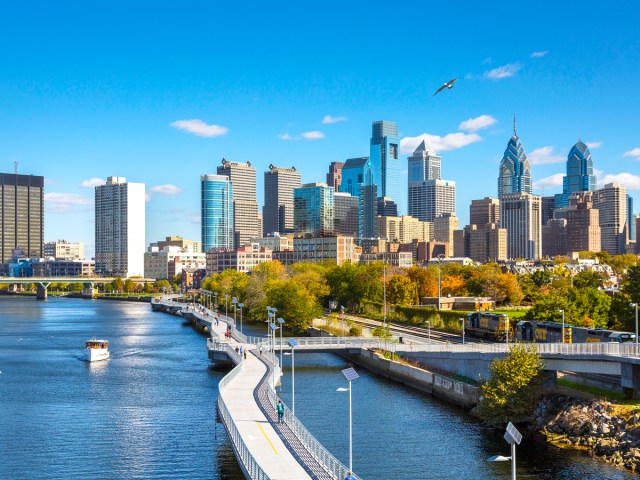
Estimated population: 1.55 million
Philadelphia’s history dates back to about 800 BCE, when the Lenape peoples resided in the area. In the 1600s, Dutch and Swedish traders arrived, and William Penn, a British Quaker, officially founded the city in 1682 as the capital of Pennsylvania. He named it after the Greek word for “City of Brotherly Love.”
Philly is called the “Birthplace of America” due to the fact that the United States declared independence from Great Britain at the Pennsylvania State House (now Independence Hall) on July 4, 1776. At the time, Philadelphia was the largest city in the country, and it served the nation’s capital from 1790 to 1800. History abounds throughout the city, especially at American Revolution sites such as the Liberty Bell and Independence National Historical Park.
5. Phoenix, Arizona
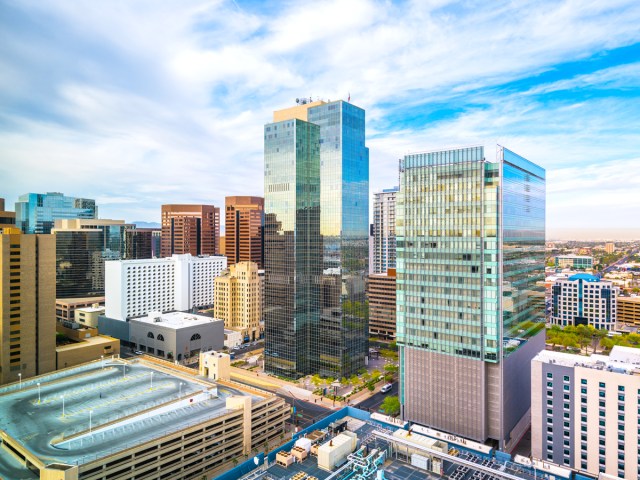
Estimated population: 1.65 million
Phoenix is the most populous state capital in the United States. The Hohokam peoples lived in the Phoenix area as early as 700 CE and built the Pueblo Grande, which included 135 miles of irrigation canals. In 1867, explorer Jack Swilling came upon the fertile lands of the Salt River Valley, and the following year, the city was officially incorporated.
In 1950, Phoenix was the 99th-biggest city in the U.S., with a population of 106,000, but by 2000 it was the country’s fastest-growing city. Between 2010 and 2020, its population grew by 262,000 people. Along with its famously sunny weather, Phoenix boasts eight golf courses, 2,000 miles of hiking trails, 4,850 miles of public streets, and 41,000 acres of desert and mountain parks.
4. Houston, Texas
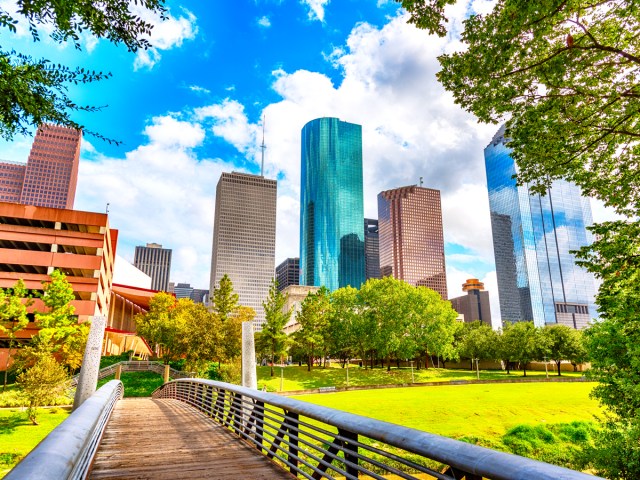
Estimated population: 2.31 million
The Karankawa and Akokisa peoples lived in the Houston region long before brothers Augustus Chapman Allen and John Kirby Allen advertised the sale of land in what they predicted would become a “great interior commercial emporium of Texas” in 1836. The settlers named their town after General Sam Houston, and it later became the temporary capital of the Republic of Texas.
The 20th-century Texas oil boom saw Houston cement itself as a major player in the energy sector. Today, this economic and aeronautical powerhouse is home to more than 2.3 million people. It’s known for NASA’s Johnson Space Center, sports franchises such as the Houston Astros (MLB), and a Museum District home to 19 museums and cultural institutions.
3. Chicago, Illinois
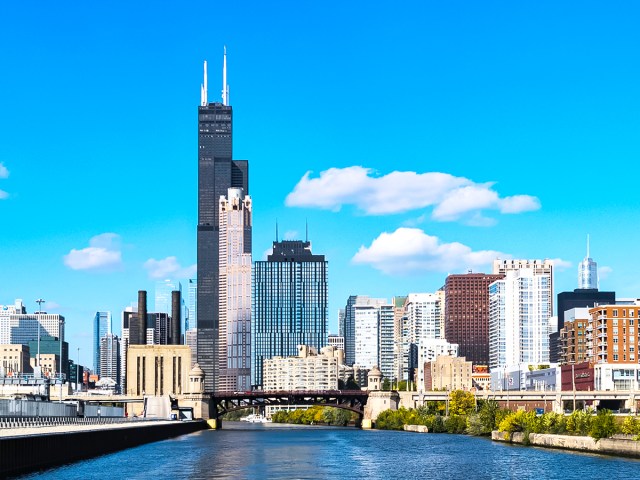
Estimated population: 2.66 million
Incorporated in 1837, Chicago sits on the homelands of Native American peoples such as the Hoocąk and Nutachi. Chicago’s Lake Michigan setting made it a prime location for trading opportunities during America’s westward expansion, but much of its development was destroyed by the Great Fire of Chicago in 1871. After a rebuilding process, waves of immigrants arrived to work in new factories and meatpacking warehouses.
The Windy City is currently home to nearly 2.7 million residents, which is actually lower than its reported population in the 1920 census. Chicago was the birthplace of the car radio, the wireless television remote control, and the brownie, among other notable inventions, and is the starting point of the historic Route 66.
2. Los Angeles, California

Estimated population: 3.82 million
Los Angeles County — the largest county in America — accounts for roughly a quarter of California’s population. Of the county’s nearly 10 million residents, 3.82 million of them live in L.A. proper. In 1781, a group of 44 settlers made up of 14 families arrived in the native lands of the Chumash and Tongva peoples. The settlers established a farming community called El Pueblo de Nuestra Señora la Reina de los Ángeles de Porciúncula.
The allure of sunny weather combined with improved rail services triggered a rapid population growth in Los Angeles during the late 19th century. L.A. became the country’s fastest-growing city throughout much of the 1900s, fueled by factors such as the oil boom, the automobile industry, and Hollywood. Today, visitors are drawn to its legendary beach towns, like Santa Monica and Venice, along with swanky Beverly Hills and the nightlife of the Sunset Strip.
1. New York, New York

Estimated population: 8.26 million
New York City isn’t just the largest U.S. city by population — the Big Apple is so big that its population surpasses that of 38 individual states. Immigration has shaped the city ever since Dutch and British settlers arrived in the 1600s. By 1948, it had overtaken London as the world’s largest city, partly due to the 12 million people who landed at Ellis Island between 1892 and 1954.
Today, New York is the country’s largest and most densely populated city, with over 70,000 people per square mile in Manhattan. According to estimates, the city’s diverse population speaks more than 800 languages. New York is also home to some of the world’s most recognizable sights, from Central Park to Times Square and the Statue of Liberty.
More from our network
Daily Passport is part of Optimism, which publishes content that uplifts, informs, and inspires.
